The clash of blades echoes through the snowy mountaintop vista of Ashina Castle. A lone shinobi, Sekiro, faces off against a general on horseback. Fire burns in the distance. Discarded spears and swords litter the battlefield. A pile of bodies reduces to ash, remnants of those who came before and failed, just as Wolf would. The general proudly boasts “As I breathe, you will not pass the castle gate.” Within moments, our lone shinobi is yet another nameless corpse on the growing pile. “The castle gate remains closed”, the general proclaims. He’s correct. I eject the game from my system, return it to the friend I borrowed it from, and move on. The first time I tried to play Sekiro: Shadows Die Twice, I bounced off it so hard that I didn’t touch it again for years.
After my wife got sucked into Elden Ring with her thousands of hours of playtime, I tried to introduce her to other From Software titles and games like it. We tried them all, from the divisive Dark Souls 2 to the neglected Bloodborne. Even the incredible Lies of P was on our list. None of them clicked for her. However, we never tried Sekiro. I told her my first negative experience with it, and how different it was, and we avoided it. When the Elden Ring DLC was announced, it awakened my burning desire to play a From Soft title. Sekiro was taunting me. I was not prepared for Sekiro robbing my life of fifty hours. Fifty brutal, glorious hours.
Sekiro’s Different Design Philosophy
Let’s not spend too much time delving into the mechanics here. If you’re familiar with From Soft games of this nature, you know the drill. You’ll die, beat a boss, find a new area, die some more, then die again. Sekiro changes nearly everything about their winning formula and boils it down to be almost purely skill-based. No magic. No grinding. It’s just you, your sword, and your ability to read the enemy. If you lose, it’s because you made a mistake. This is what fascinated me about Sekiro. Where Elden Ring and the Souls series allow you to break them wide open, Sekiro doesn’t. Learn and adapt, or fail. This all stems from the new mechanic of the Posture Bar. In Sekiro, the health of your enemies is secondary, and the game communicates this very clearly.
Sekiro is the only From Soft game lacking those daunting nameplate health bars at the bottom of the screen, replaced by said bar. By filling the enemies’ bar, you can instantly kill them or deplete one of their multiple life bars. You do this through smart aggression, good defense, and the proper use of your shinobi tools. Again there’s almost no character customization here. That’s because this is not a story about you, the player. This is about Wolf, his story, and the choices you make as him. By removing the player from the story, From Software can focus on a tighter, character-driven narrative and a deeper mechanical connection between the player and their character. Let’s dive into why that is.
Hesitation is Defeat
Sekiro is one of the few games where I’ve felt completely in control of my character. Most of the deaths were due to me losing composure. That said, the camera actively hindered me in smaller arenas and I had times when the thrust attack counter didn’t work. Sekiro’s level design also rewards stealth and clever target prioritization. Rushing in will get you killed. Taking it slow, analyzing who to take out first and then using that knowledge to gain the upper hand is crucial. That’s Sekiro’s biggest message to the player. It wants you to succeed, but it demands you learn and think critically about each move you make. But move with confidence, as hesitation is defeat.
That intent is displayed flawlessly in the boss encounters. Each one of Sekiro’s bosses could be the final one of any other From Soft game. They demand your full attention for minutes at a time, punish you more consistently, and capitalize on every mistake. Every defeat and victory felt so much more personal since I had to improve in small, cumulative ways with each attempt. Whether that improvement is in using your tools or learning the enemies’ tells is up to you, but at no point did I feel like I would never eventually win. No game before Sekiro made me feel I could beat these opponents, even when they ground me into a fine paste. Make no mistake: Sekiro demands focus and acceptance of defeat. Turn those defeats into a triumphant victory through knowledge and confidence.
The Story and Setting
Outside of the gameplay, Sekiro’s most novel difference in its presentation is the setting. Here, From Soft trades western castles and knights for feudal Japan and shinobi. It reminds me a lot of the long-dead series, Tenchu. Japanese samurai epics have come back into style in recent years with Ghost of Tsushima and Rise of the Ronin, but we went a long time without them. This change has allowed From Soft to make some of their most visually striking environments and set pieces. That’s not to say anything they’ve done before is bad. I’m just far more captivated by these lush, colorful landscapes. If you’re a fan of this particular period in Japanese architecture, take some time to look at the environments here. Fountainhead Palace, for example, is exquisite.
As mentioned earlier, Sekiro eschews the typical From Soft lore of you being your own character thrust into a ruined world. Instead, you are Wolf. Taken from the battlefield as a child by Owl, you are instructed to obey The Iron Code and protect Kuro, the heir of the cursed Dragon’s Blood. I won’t spoil too much. Wolf is not silent, and while you can control his actions to shape the ending, you are still operating in the ways he logically would. You form a much deeper connection to the world and its characters this way, which is something I never really gave much thought to. As with the combat, Sekiro also rewards the player with better endings through their ability to learn and think critically. It’s wonderful to see a game give you so much agency and respect in a predetermined story.
Final Thoughts — Is Sekiro Still Worthy?
Absolutely. It always has been, even as it celebrates its 5th year on the market. Sekiro has now bumped Bloodborne to become my favorite From Soft title and one of my favorite titles of all time. It can be frustrating, and it’s not perfect, but it comes extremely close. It is the most rewarding game I’ve completed in some time, but that unflinching difficulty is why it’s not as discussed as other From Soft games. It’s a huge barrier for some. Despite this, Sekiro is a masterpiece of gameplay mechanics, design, and player agency. My complaints come from technical issues, not mechanical ones. If they ever took the time to iron those out, I wouldn’t have a single complaint. After beating the hardest version of the final boss, I felt like a champion. That’s the most I can ask of any game. If you bounced off it like me, I hope you give it another chance.
Let’s Chat
You made it to the end of this post! Thank you! As a token of our appreciation, enjoy an extra 5% off your next order when you use the code BLOG at checkout. Also, don’t forget to follow J-List on all our platforms!
- Twitter / X, where Peter posts anime booba for you
- Bluesky, where we post several times a day
- Facebook, where we used to share memes and discuss anime
- Discord, if you want to chat with other J-List customers of culture
If you’re here, you’re like a fan of From Soft. We are currently taking preorders for the astounding Raging Wolf figma from Elden Ring. Just $20 secures your figure.


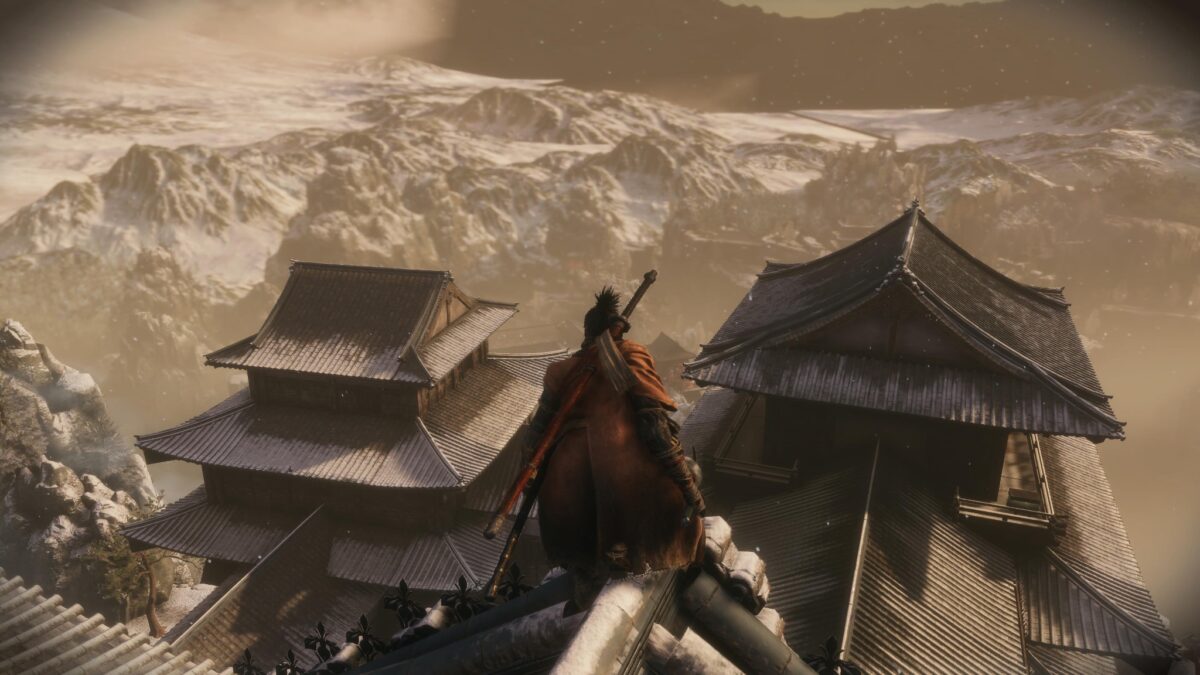
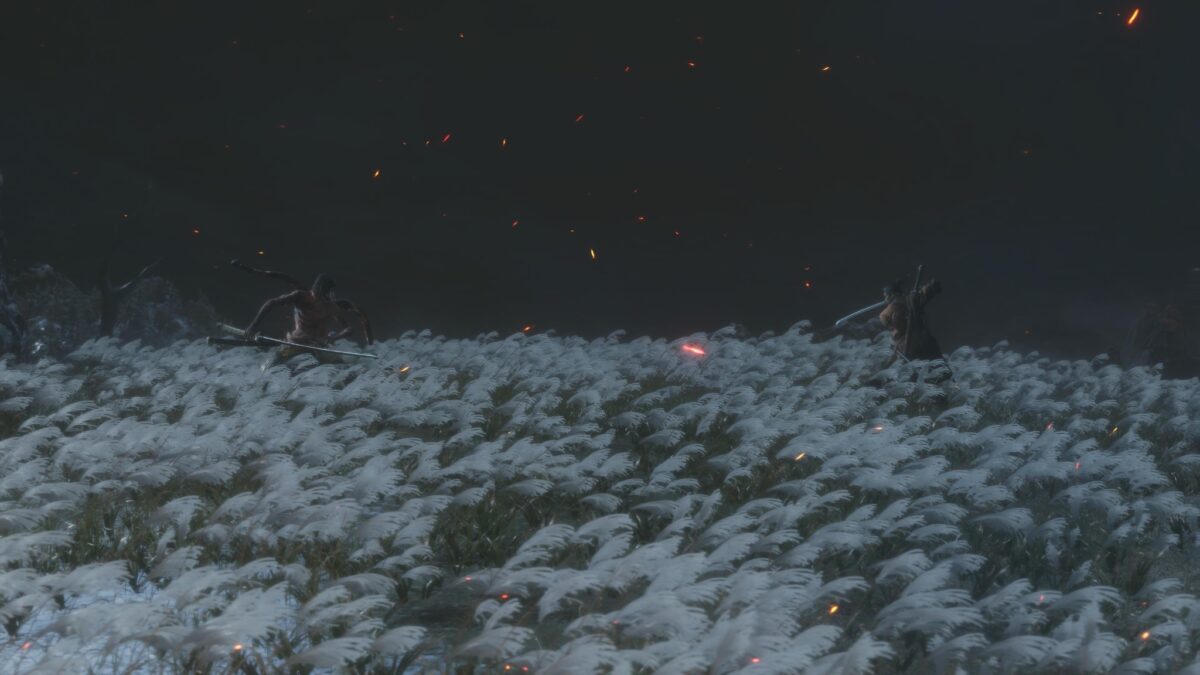
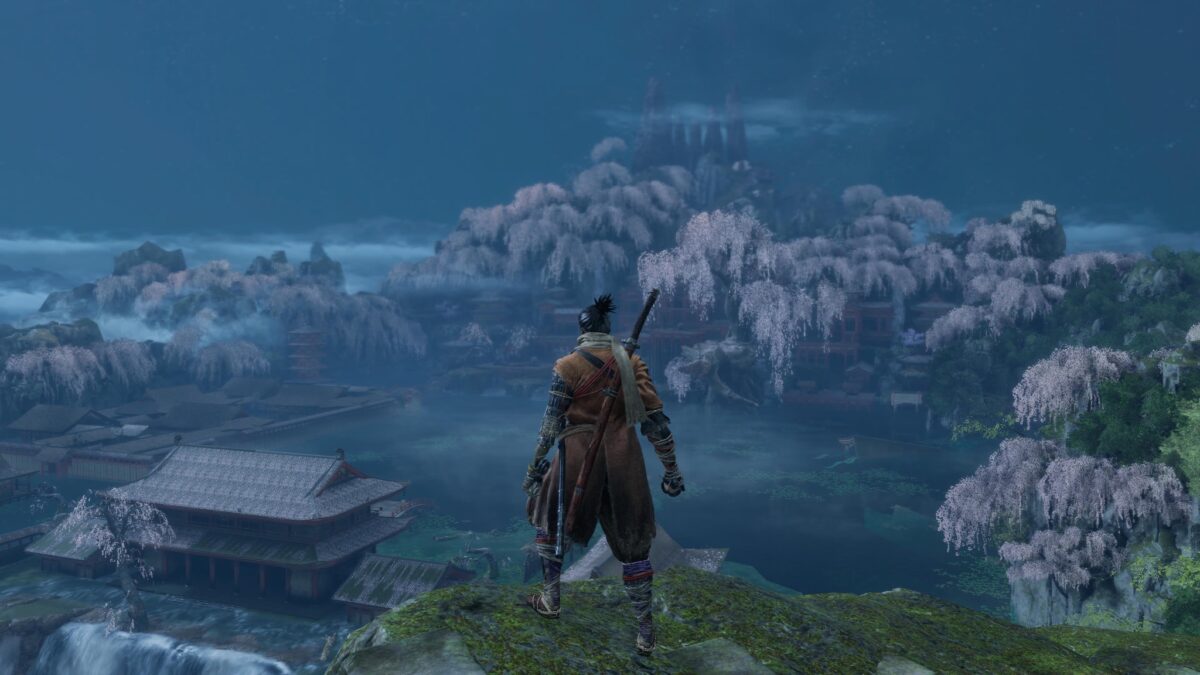
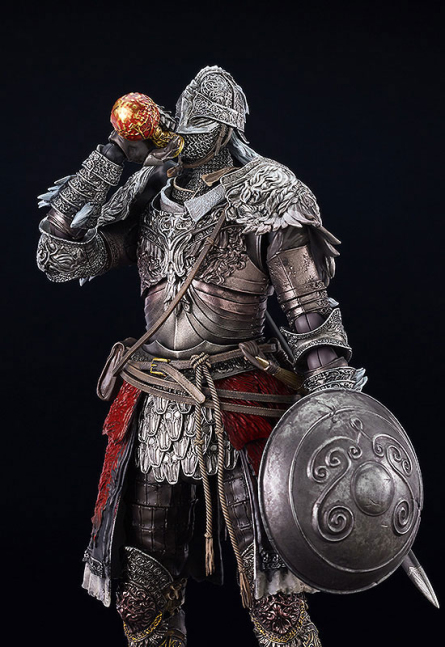
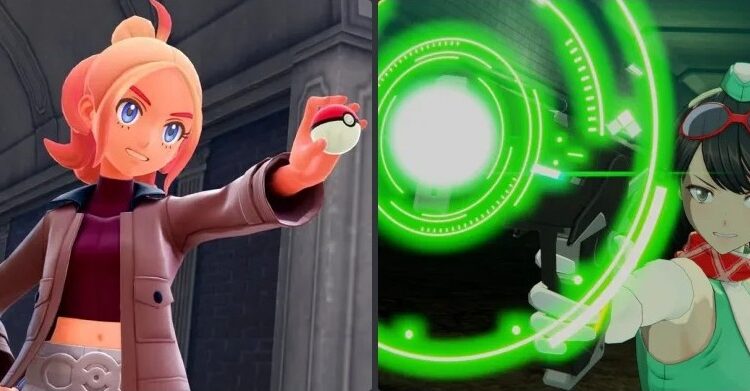
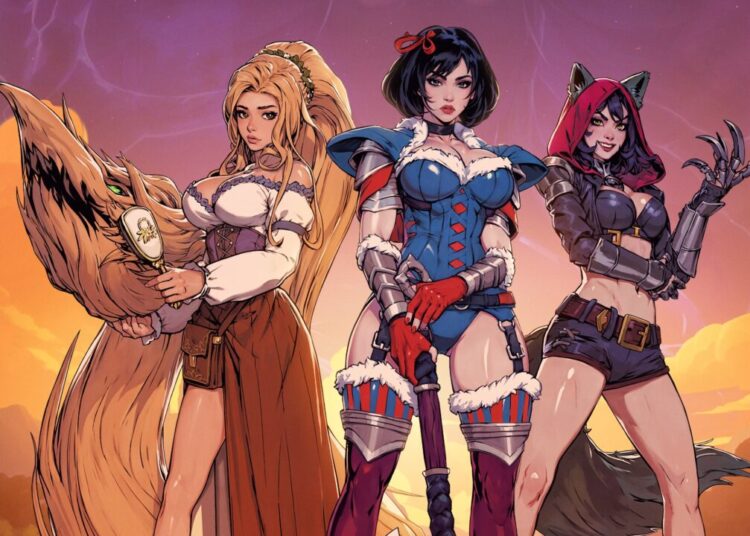




![Gushing Over Magical Girls Episode 13 [END] Featured Image TW 2](https://blog.jlist.com/wp-content/uploads/2024/03/Gushing-over-Magical-Girls-Episode-13-END-Featured-Image-TW-2-75x75.jpg)






